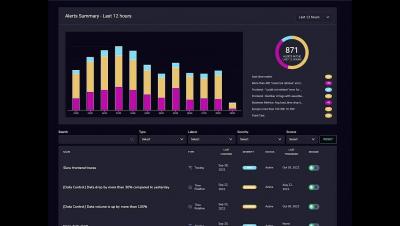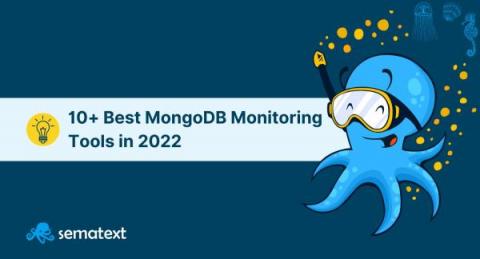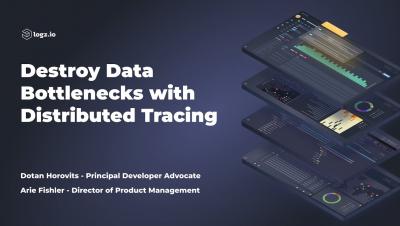Operations | Monitoring | ITSM | DevOps | Cloud
Logging
The latest News and Information on Log Management, Log Analytics and related technologies.
Data Pipelines: How Data Pipelines Work & How To Get Started
Every millisecond, humans generate significant volumes of data, from various IoT devices such as our wearable devices to daily activities such as internet surfing and tracking our workouts. Data continues to accumulate. Statista estimates that by 2025, the amount of data will have increased to 180 zettabytes. That's far too much information.
A Deeper Dive into Machine Learning at Splunk
A typical bit of feedback I have had during my time at Splunk is that the Splunk Machine Learning Toolkit (MLTK) looks nice and all, but how are we supposed to get started using it? Choosing the right technique, let alone the right algorithm can be a daunting task for those who are unfamiliar with machine learning (ML). We’ve been thinking long and hard about how we can help offer more prescriptive introductions into using ML at Splunk and I’m pleased to present our set of MLTK deep dives.
10+ Best MongoDB Monitoring Tools and Services [2022 Comparison]
MongoDB is a cross-platform NoSQL database that uses JSON-like documents with optional schema to store data. It was designed for high availability, high performance for high-data persistance use cases, and automatic scaling. Of course, all with the right infrastructure in mind. It is usually a good choice for document-oriented use cases when you need quick prototyping or massive scale. With the massive scale comes massive traffic, though.
Key Observability Scaling Requirements for Your Next Game Launch: Part III
So far in our series on scaling observability for game launches, we’ve discussed ways to 1) quickly analyze large volumes of telemetry data and, 2) ensure high-quality telemetry data for more effective analysis at lower costs. The best practices in these blogs outline best practices for scaling observability during game launch day – which is necessary to ensure high performance across all infrastructure components – to ensure no lag, no glitches, and no bugs.
Papertrail and AWS SNS
Sixth Street Breaks Down Silos and Deploys a Streamlined Logging Solution with ChaosSearch
Exciting News About the Cribl Certified Observability Engineer Program!
Introducing Logz.io's New Metrics Integration for HashiCorp Consul with OpenTelemetry
HashiCorp Consul began as an open-source project for service discovery. It has evolved to provide other valuable functionality like secure service mesh to help secure microservice architectures based on service identity, but also the ability to achieve repeatable application deployment lifecycles via Network Infrastructure Automation and control access to the service mesh via Consul API Gateway.These features are considered the four core pillars of Consul service networking.











